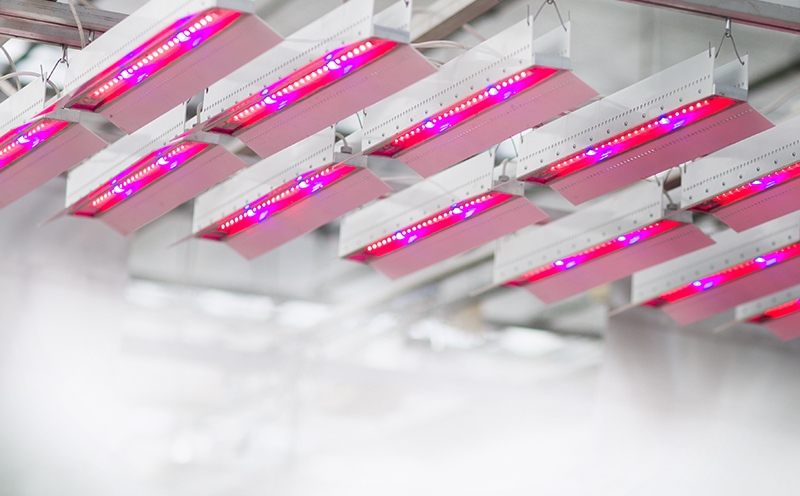About LED power and efficiency. How to choose the best?
High pressure sodium (HPS) lighting in the last decade became the standard in horticultural lighting and is well-known for growers. The power of HPS lighting unit defines the quantity of light, provided for plants and costs for electricity. However, the more economical LED technology, entering into the market of horticultural lighting, brings in some novelties, diversities and… confusion. Different LED fixtures are characterized by unequal electrical efficiency. Due to specific technologies, fixtures of different manufacturers, but of similar power, will emit the light of different intensity (PPFD). That’s why together with electrical power, the photon efficiency of the fixture in µmol/J should be provided. It shows, how efficiently the lighting unit converts electrical energy to photosynthetically active radiation. For e.g., the average photon efficiency of high pressure sodium lamp is ~1,6, fluorescent lamp – 1,2 µmol/J. The efficiency of LED fixtures is quite uneven, it varies form 0,8 to 1,7 µmol/J. Why? It is determined by the spectrum of LED unit and technical aspects of the fixture. The combination of red and blue of cool white LEDs is much more efficient than colorful wide LED spectrum. Higher energy conversion efficacy is also determined by the proper cooling system of the fixture.
For the proper selection of the power of LED fixture, this information will be helpful:
1. PPFD flux, optimal for your plants. Also inquire, if the most economical red and blue or white LED spectrum is sufficient for your plants, or other spectral components are beneficial.
2. The power (W) and photon efficiency (µmol/J) of LED fixture. Inquire LED manufacturer. The higher the index of photon efficiency, the more efficiently electrical energy is converted to photosynthetically active radiation, perceived by plants and costs for electricity will be lower during operation.
3. Other important details. Do not forget, that photon efficiency depends on the emitted light spectrum. The most efficient red and blue or white LED combinations are suitable only for greenhouses. If you are cultivating plants indoors (especially if these are flowering, fruiting plants), this spectrum may not be suitable. Take into account the construction of your greenhouse or growth chamber. The choice of the lamp power will depend on the distance from the light source (the existing structural elements you will use to install lamps) to the plant. Also, there is a trend that in the center of the light field intensity is higher than in periphery. Thus, seeking to minimize so called “edge effect” it is worth to install the LED lamps keeping the recommended distance from plant.
LED lighting technology is very efficient, economical and multifunctional. However, full benefit may be obtained, only after correct choice of lighting spectrum, intensity and lamp technology.
Any doubts choosing proper LED lighting solution? Contact us. We know plants and LEDs well.
*From Economic Analysis of Greenhouse Lighting: LED vs. HID Fictures. J.A.Nelson, B.Bugbee. PLoS ONE 9(6): e99010 http://journals.plos.org/plosone/article?id=10.1371/journal.pone.0099010


